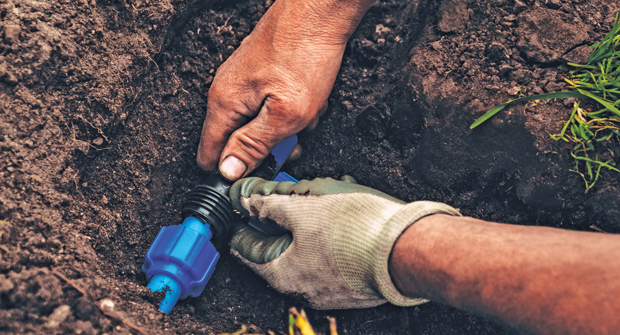Rain Bird, has introduced the ESP-SMTe, an enhanced version of its ESP-SMT weather-based irrigation control device.
“The ESP-SMTe still includes all the features that made the ESP-SMT a breakthrough in smart controller technology and earned it the EPA’s WaterSense label,” said Adolfo Meza, product manager for Rain Bird’s contractor controllers. “However, we’ve taken the original product and made it even better.”
The company, which manufactures and provides irrigation products and services, said the ESP-SMTe consists of two key components: a controller chassis with an integrated smart panel and an on-site weather station that includes a temperature sensor with an integrated solar shield and a tipping rain bucket for instantaneous rainfall measurement. An on-screen wizard prompts users for site-specific and zone-specific information so users can create a customized irrigation schedule.
The ESP-SMTe also combines historical data along with actual temperature and rainfall data to determine how much water is needed to maintain the optimum level of moisture in the soil. Users can check this information each day to decide whether to continue with the pre-defined irrigation schedule, suspend irrigation or adjust the schedule to apply more or less water as needed.
“Zone by zone, the ESP-SMTe uses information like slope, shade, soil type, plant type, density root depth and sprinkler type to calculate the most efficient irrigation schedule for your site,” Meza explained. “You can also factor in watering restrictions as well as watering windows that some municipalities may impose. In this way, you’re truly creating a customized schedule without the guesswork often required by traditional time-based controllers.”
The ESP-SMTe also features:
- Expandability to 22 zones, which makes it ideal for use in residential and light commercial applications.
- Immediate updates to the changes made to a site’s zone, which eliminates the need to wait until midnight by entering yesterday’s high and low temperature at setup.
- A Rain Delay feature that can now be set to zero and is no longer displayed when the irrigation schedule is not time-based.
- A rain bucket graphic that shows the soil’s moisture capacity and planned moisture level at which the controller will start irrigation for that specific zone.

